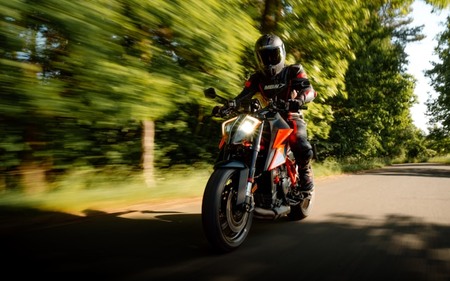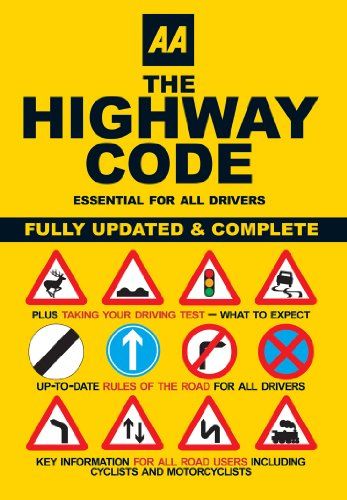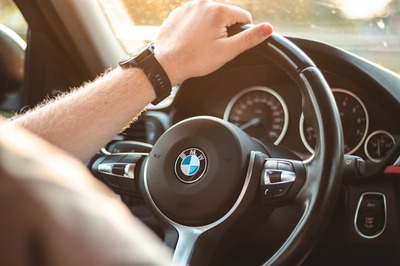
While we often focus on the journey from learner driver to fully licensed motorist, today we’ll explore the interesting transition from motorcycle to car. We’ll delve into the specific considerations for motorcycle license holders seeking to obtain a car license, examining any differences in the licensing process and the potential impact of two-wheel experience on four-wheel driving.
We’ll discuss the unique challenges and advantages that motorcycle riders bring to the table as they embark on their car driving journey. From understanding vehicle dynamics and road conditions to developing essential driving skills, we’ll explore how motorcycle experience can influence the learning curve for car driving.
Getting Your License: A Comparison of Motorbike and Car Licensing Requirements
While obtaining a motorcycle license involves additional steps beyond the theoretical and practical tests, the process of acquiring a car license is generally more straightforward.
In this article, we’ll compare the two processes to highlight the key differences between motorcycle and car license acquisition.
learning to Ride a Motorbike vs. Learning to Drive a Car
Learning to ride a motorbike and drive a car both involve acquiring essential skills and understanding road rules, but they differ significantly in terms of complexity and physical demands.
Motorbike Riding:
- Enhanced Skill Requirement: Motorbike riding demands greater physical coordination, balance, and reaction time compared to car driving.
- Vulnerability: Motorcyclists are more exposed to the elements and road hazards, necessitating heightened awareness and defensive riding techniques.
- Intense Focus: Riding a motorbike requires undivided attention, as it involves constant adjustments to balance, throttle, and braking.
- Thrill and Freedom: Motorbike riding often offers a sense of exhilaration and freedom, allowing riders to experience the open road in a unique way.
Car Driving:
- Greater Protection: Cars provide a protective shell, shielding occupants from the elements and potential hazards.
- Simplified Controls: Car controls are generally more straightforward, with less physical exertion required.
- Reduced Mental Demand: Driving a car often demands less intense focus compared to motorbike riding, allowing for multitasking and reduced stress.
- Practicality: Cars are more practical for transporting passengers and cargo, making them suitable for daily commuting and family outings.
While there are some similarities between car and motorcycle licensing processes, such as the two-part theory test, there are also significant differences. Notably, car learners only require a single practical test, whereas motorcycle learners must complete two.
Additionally, car learners must always be accompanied by a qualified supervising driver, while motorcycle learners can practice independently after completing a mandatory training course.
For a detailed understanding of the regulations governing learner car drivers, please refer to our comprehensive guide.
Will having a motorbike licence make it easier to learn to drive?
While motorcycles and cars share the road, they have distinct characteristics. Does having motorcycle riding experience facilitate the learning process of driving a car, or can it potentially introduce complexities? Let’s explore this intriguing question.
Let know the detailes:
Rules of the road

Motorcyclists often have a head start when transitioning to car driving, thanks to their shared understanding of road rules and safety principles. The Highway Code provides a foundational framework for both motorcyclists and car drivers, emphasizing the importance of observation, signaling, and maneuvering.
While there are specific nuances to each mode of transport, many fundamental driving skills, such as using mirrors, safe overtaking, and negotiating bends, are transferable. This existing knowledge base can significantly shorten the learning curve for motorcyclists transitioning to car driving, potentially reducing the number of lessons required to pass the car driving test.
Controls

While transitioning from a motorcycle to a car may seem straightforward, there are significant differences in vehicle controls and operation that require careful adaptation. One notable distinction lies in the gearbox system.
Motorcycles typically employ a sequential gearbox, necessitating a linear progression through the gears. This means that to shift from first gear to fourth gear, for instance, you must sequentially shift through second and third gear.
In contrast, cars often utilize a more flexible gear shifting system, allowing for multiple gear shifts in a single movement, particularly when downshifting before a junction. This technique, known as “block shifting,” enables drivers to efficiently select the appropriate gear without going through each intermediate gear.
By understanding these fundamental differences, motorcyclists transitioning to cars can effectively adjust to the unique characteristics of automobile driving.
Awareness
While transitioning from a motorcycle to a car, it’s essential to adapt to the increased size and weight of the vehicle. Impulsive maneuvers and taking unnecessary risks, which might have been manageable on a motorcycle, can lead to serious consequences in a car.
Despite the enhanced stability, cars are capable of inflicting greater damage in accidents. It’s crucial to maintain a cautious and defensive driving approach, even if you’re accustomed to the risks associated with motorcycling.
Remember, the heightened awareness and anticipation developed through motorcycling can be valuable assets in car driving. By combining these skills with the necessary adjustments for a larger vehicle, you can become a safe and responsible driver.
Consideration for other road users

Motorcyclists are among the most vulnerable road users, facing heightened risks of serious injuries and fatalities. While advancements in safety measures have led to a decline in accident rates, it remains crucial to prioritize road safety for all riders.
Transitioning from a motorcycle to a car can provide a unique perspective on road safety. By experiencing the challenges and vulnerabilities of riding a motorcycle, drivers can develop a greater appreciation for the importance of sharing the road responsibly.
Key skills such as situational awareness and defensive driving techniques, honed through motorcycle riding, can significantly enhance driving safety. By recognizing the potential dangers and practicing safe behaviors, drivers can contribute to a safer road environment for all.
From Motorbike to Car with RD2SuccessFastTrack

If you’re ready to transition from two wheels to four, RD2SuccessFastTrack can help you achieve your driving goals efficiently. Our intensive courses are designed to accelerate your learning process, leveraging your existing motorcycling skills to develop safe and confident driving habits.
Key benefits of choosing RD2SuccessFastTrack:
- Accelerated Learning: Our structured approach and experienced instructors help you learn quickly and effectively.
- Personalized Training: We tailor our courses to your specific needs and learning style, ensuring a customized learning experience.
- Flexible Scheduling: We offer flexible scheduling options to accommodate your busy lifestyle.
- Expert Guidance: Our DVSA-approved instructors provide expert guidance and support throughout your learning journey.
- Fast-Tracked Progress: Our courses are designed to help you progress quickly and efficiently towards your driving test.
To explore our range of courses and compare pricing, visit our pricing page. If you’re unsure about the best course for your needs, our course recommender tool can assist you in selecting the ideal option, taking into account your motorcycling experience and personal preferences.



